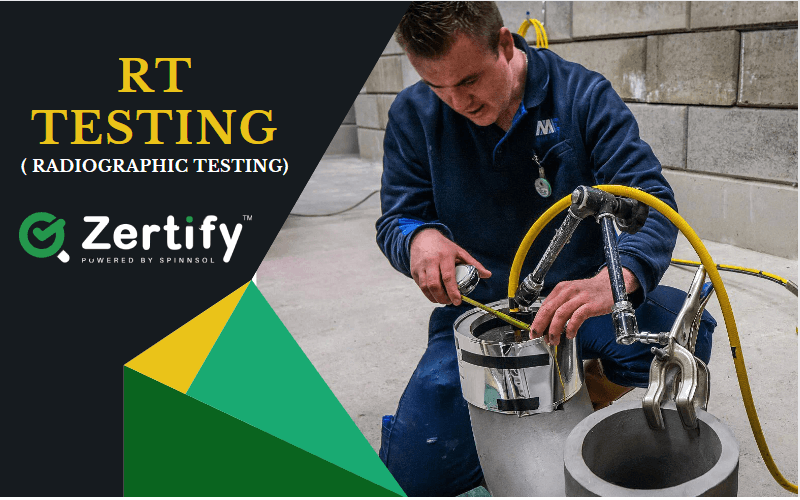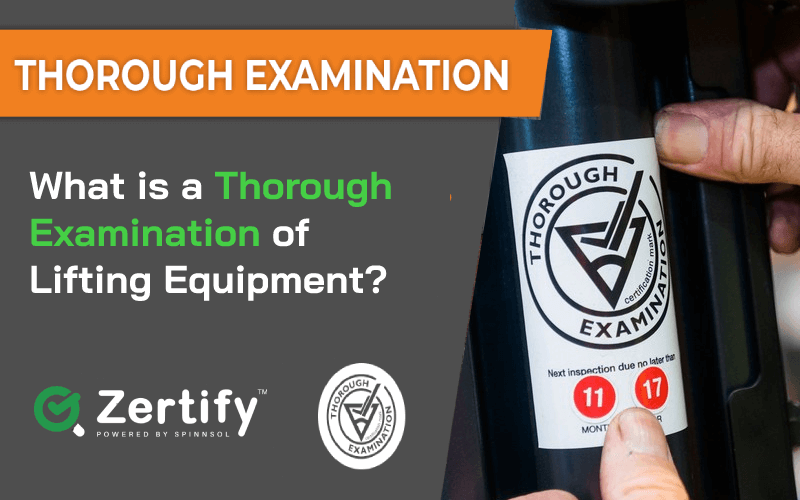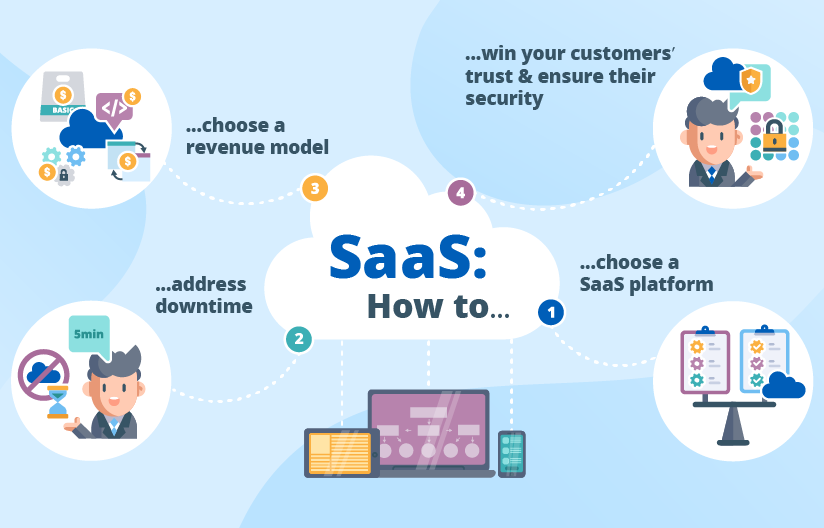
The last few years have seen a massive move to digitization across businesses worldwide. The sharp turn has left no sector and industry untouched. And that’s not a bad thing. If anything, this paradigm shift is creating tremendous opportunity for growth and development. For this, look no farther than the remarkable growth in the testing, inspection, and certification industry.
While it is not as popular as, say, marketing automation or artificial intelligence in sales, digitization in testing, inspection and certification is proving to be a game-changer for businesses dealing with human and asset certifications. These include those involved in hiring certified professionals like forklift operators, master plumbers, and inspectors, among many others.
Problems with Manual TIC Management
Most likely, the first question off someone’s mind would be, “Why bother with TIC (testing, inspection, and certification) management tools in the first place? Why not just keep a manual file or a document?” While these are completely valid workflows, they do present some recurring problems. These represent the three pain points that TIC management tools can solve.
Counterfeit Certifications
In current practice, validating whether certifications are real or not remains a challenge. And an invalid certification can become a minor headache or a catastrophic disaster. Certifications and testing are there for a reason—to ensure safety and expertise. By skipping certifications, workplaces can become highly hazardous places with no sense of accountability or responsibility whatsoever. But inspection management software can help create the proper documentation and authentication systems to avoid any of these issues. By using these tools, workplaces can avoid greater issues in the future.
Poor Asset and Document Management
Not having an asset software tracker can be an issue, given that human beings tend to forget much faster than a software system would. Accordingly, your team wastes time and effort tracking every certification. Studies show that more than 50% of professionals spend more time searching for documents than doing actual work. Tracking by way of a system with databases and alerts can remove the burden of having to remember every single certification, deadline of renewal, and so on.
Difficulty Managing Offshore Operations
Then there’s the challenge of asset management systems and certification verification for offshore operations. This is especially of concern for companies with global operations. In particular, this problem could arise when companies buy equipment like construction machineries, elevators, and other assets that need an inspection from other countries. With testing, inspection, and certification tool, you and your team will be able to track and manage asset inspection and certification no matter where you are in the world or no matter where in the world those assets came from.
What TIC Tools Can Do?
So what can TIC management tools actually do? A study by Zertify shows that their TIC system can actually help improve productivity by 40%. Imagine what your team could do with that extra 40% of saved time, energy, and effort. Let’s look at some of the features and capabilities that bring this more streamlined approach to testing, inspection, and certification.
Tracking Certificates and Inspections
With asset maintenance software in place, companies can track all certifications and inspections on any asset that needs updating. This can save you the hassle of manually tracking and scheduling when inspections might be due. The same applies for certifications on staff. Companies should start looking to automate the tracking and renewal alert process on these parts of the operation. Doing so minimizes or avoids two things—wasted time on having to remember and keep tabs of all inspections and the risks that come along when we do forget about inspections.
Testing Certificates
Using TIC software can also help you to prove authenticity on inspections, certifications, and testing documents. You can do this by using an asset inspection software that has a built-in RFID and QR code system. On top of that, these tools also have a highly-secure digital signature system that ensures full approval from certifying parties before signing off on anything. Having these makes it all the more easier to track and confirm whether any certification and inspection documents are legitimate or not.
Digital Asset Management
Lastly, using TIC software can also help with asset management digitally, making it all the more easier for people to collaborate on any assets that need supervision. By moving your asset management to a cloud-based system, you enable your team to access any information or requests for assets that might need maintenance, checking, or updating.
In addition, these are tools that you can integrate with ERP software to automate tasks like making budget requests for inspection or any necessary repairs if there are any. These are many reasons to use and integrate with an ERP software to increase productivity, decrease costs, and boost revenue. This industry requires accuracy and gathering of crucial insights, which an ERP tool can provide.
Global Testing Is Changing
Global testing software should grow to around $147 billion by 2027. That said, global testing systems are changing fast, making it vital for organizations to keep up with the times. Businesses should start digitizing these processes while it’s still very early in these stages. There could very well be the day that a digital approach to TIC will be the globally-accepted norm.














